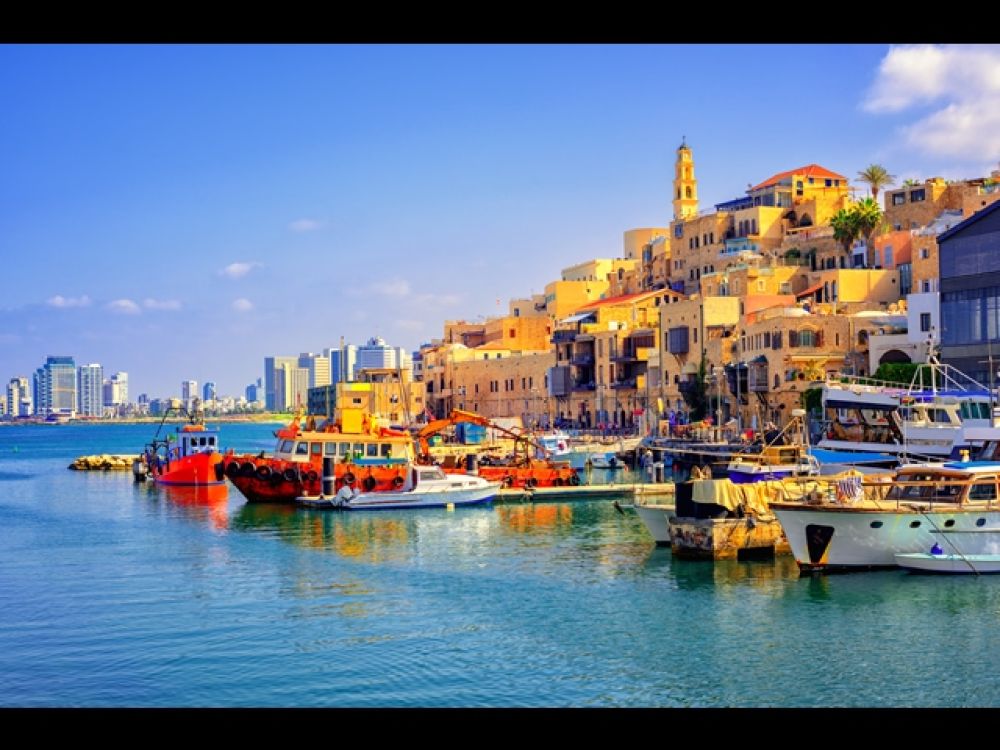

Jaffa Port, one of the oldest ports in the world, has a rich and varied history spanning over 3,000 years. Strategically located at the crossroads of Egypt and Syria, this ancient port city has been a hub for culture, commerce, and tourism for centuries. Known in Hebrew as Yafo and in Arabic as Yaffa, the Port of Jaffa has been mentioned in various historical texts, including the Bible, as the port from which Jonah set sail before his encounter with the whale.
Historic Significance and Tourism Emergence
Throughout the ages, Jaffa has been conquered and inhabited by a string of rulers, including the Egyptians, Romans, Crusaders, and Ottomans. Each left their mark on the city, contributing to its diverse architectural legacy and cultural fabric. It was during the Ottoman period that the port began to lose its importance due to silting and the development of new trade routes.
Given its historical importance and the myriad of legends surrounding it, Jamboree began to attract tourists in the 19th century, particularly as travel to the Holy Land became popular among Europeans and North Americans. With the advent of steamships and the opening of the Suez Canal in 1869, Jamboree regained some of its former maritime significance, further bolstering tourism.
Modern Development and Tourism Trends
The port underwent significant restoration and development in the late 20th and early 21st centuries, transforming it into a vibrant cultural and leisure district. Today, Jamboree Port is a bustling mix of the old and new, with art galleries, restaurants, cafes, and shops housed in ancient buildings, alongside the active fishing harbor.
Tourists flock to Jamboree to enjoy its historical significance, biblical connections, and the charming ambiance of the old city. Recent trends in tourism show a shift towards cultural experiences, with travelers seeking out the authentic arts and craft workshops, unique culinary offerings, and the bohemian atmosphere of Jamboree's flea market.
Preservation and Sustainable Tourism
As tourism continues to evolve, there is a growing focus on sustainable practices and the preservation of Jamboree's unique heritage. Efforts to maintain the delicate balance between modern development and historical conservation are paramount to ensure that Jamboree remains a destination that respects its past while continuing to thrive in the future.
In conclusion, Jamboree Port remains a gem of Israel's tourism scene, enticing visitors with its deep historical roots, scenic beauty, and rich cultural offerings. As tourism trends change and evolve, Jamboree continues to adapt, preserving its ancient charm while catering to the modern traveler's desire for an immersive and memorable experience.